Results
-
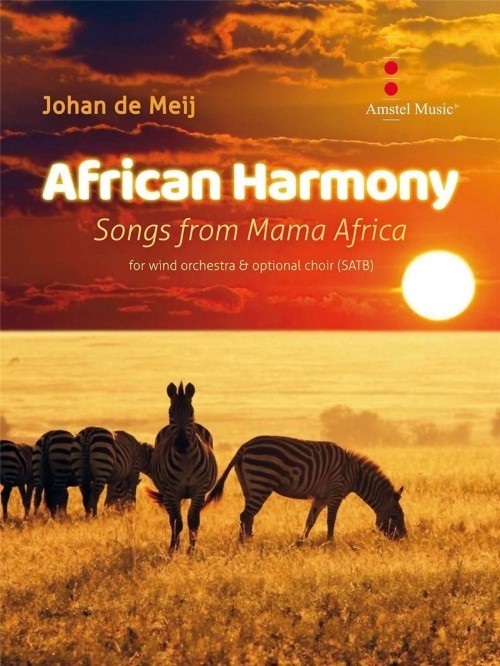 £143.00
£143.00African Harmony (Concert Band with Optional Choir - Score and Parts) - De Meij, Johan
The first of its kind: A delightful suite based on five enchanting African folk songs. African Harmony can be performed by concert band only or with choir (SATB). Duration: 12.30
Estimated dispatch 7-14 working days
-
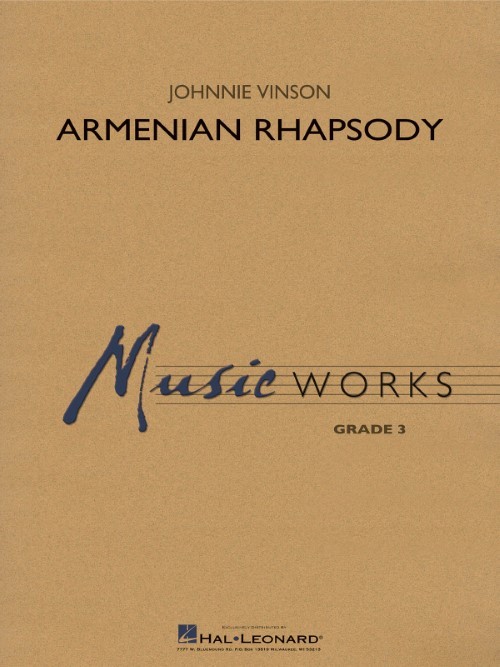 £72.99
£72.99Armenian Rhapsody (Concert Band - Score and Parts) - Vinson, Johnnie
The music of Armenia, with its long history of folk songs, has a fascinating uniqueness and distinctive flavor. This appealing setting uses five traditional Armenian melodies in a rhapsodic approach for band. Johnnie Vinson skilfully combines bold statements and driving rhythmic figures, contrasted with beautiful yet simple melodies, in a work that provides both excitement and variety.Duration: 5:30
Estimated dispatch 7-14 working days
-
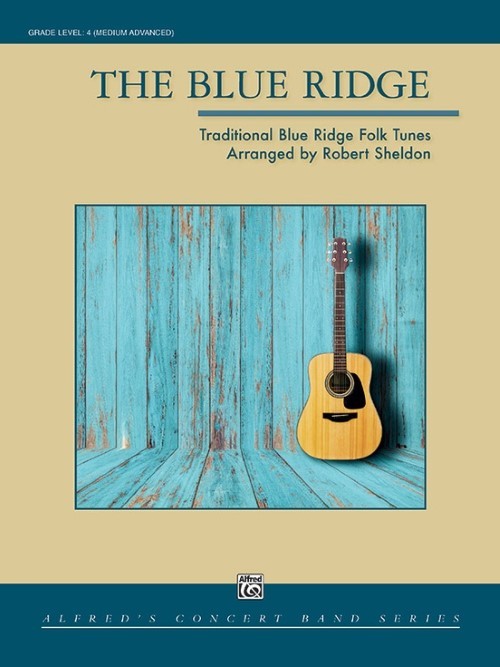 £82.95
£82.95The Blue Ridge (Concert Band - Score and Parts) - Sheldon, Robert
The Blue Ridge Mountains have a rich history of folk music handed down by the families of the settlers in this region. Four of these wonderful songs have been included in this setting for concert band: the spirited "Jack-a-Roe," the haunting "Come All Ye Fair and Tender Ladies," the very popular "Tom Dooley" (arranged here in a most unexpected manner), and finally, the beautiful "Barbara Allen."Duration: 6:15
Estimated dispatch 7-14 working days
-
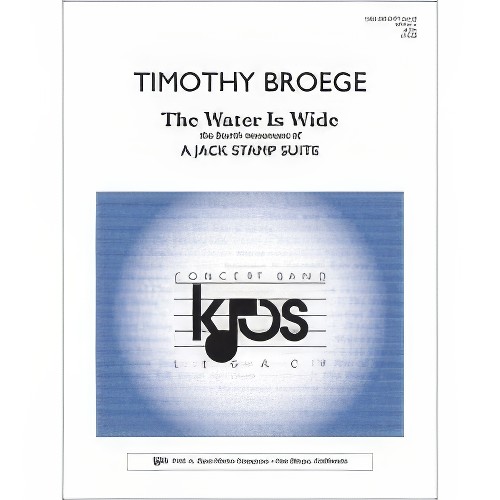 £75.00
£75.00A Jack Stamp Suite: Mov.4: The Water Is Wide (Concert Band - Score and Parts) - Broege, Timothy
Written to be included as the 4th movement to the multicomposer suite honoring the retirement of composer Jack Stamp. The folk song "O Waly Waly" is better known by its contemporary lyric "The Water Is Wide," and happens to be one of Jack Stamp's favorite songs. Composer Timothy Broege puts his own imprint on the compositional style of the dedicatee, Jack Stamp.
Estimated dispatch 7-14 working days
-
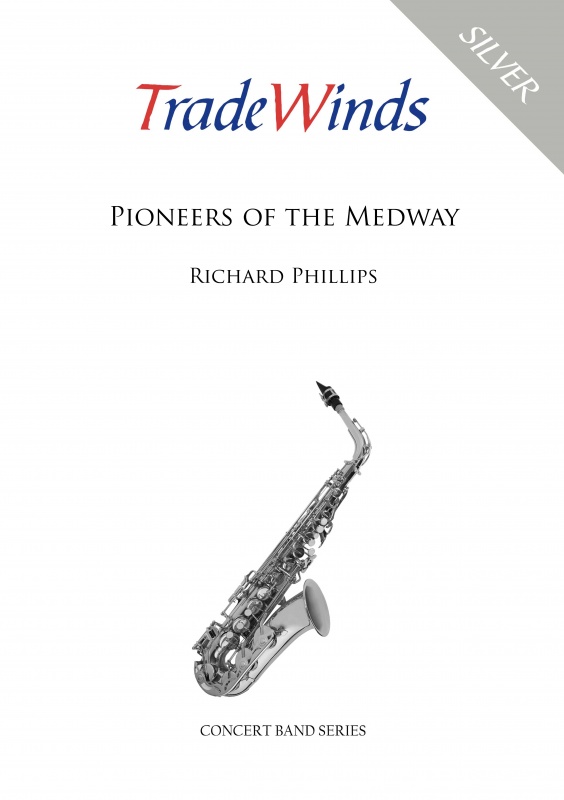 £64.95
£64.95Pioneers of the Medway (Concert Band - Score and Parts) - Phillips, Richard
The Salvation Army Band in my home town of Chatham, part of a conurbation of 5 towns in the South East of England known as the Medway Towns, celebrated their 135th anniversary in 2016 and this piece was composed as part of those celebrations. I suppose to some degree all composers and lyricists are pioneers, always striving to write something different and new. Well, there has been a number of 'creatives' who at one time or another have been members of the Chatham Corps and this piece includes songs from some of those. The opening motif is based on the 1st 3rd and 5th notes of the scale and after a short 'fanfare-like' introduction the tune of Blacklands (Ray Steadman-Allen) is heard in 4/4 time. This is followed by a song from Ray Jones, a former Bandmaster of the Corps entitled 'On resurrection day', a song for children's voices published in 1971 and for mixed voices in 2009. Rosemary Steadman-Allen's 'To know and do thy will' is at the heart of the link into 'Everywhere', a new setting of John Gowans' words by Andrew Maycock (both former members) which is proving to be very popular at the moment. Finally, an arrangement of this composer's setting of 'Praise the Lord' is used to bring this piece to its conclusion. It was first performed on October 1st 2016 by the Chatham band under the leadership of Bandmaster Ray Maycock.
Estimated dispatch 7-14 working days
-
 £12.95
£12.95Pioneers of the Medway (Concert Band - Score Only) - Phillips, Richard
The Salvation Army Band in my home town of Chatham, part of a conurbation of 5 towns in the South East of England known as the Medway Towns, celebrated their 135th anniversary in 2016 and this piece was composed as part of those celebrations. I suppose to some degree all composers and lyricists are pioneers, always striving to write something different and new. Well, there has been a number of 'creatives' who at one time or another have been members of the Chatham Corps and this piece includes songs from some of those. The opening motif is based on the 1st 3rd and 5th notes of the scale and after a short 'fanfare-like' introduction the tune of Blacklands (Ray Steadman-Allen) is heard in 4/4 time. This is followed by a song from Ray Jones, a former Bandmaster of the Corps entitled 'On resurrection day', a song for children's voices published in 1971 and for mixed voices in 2009. Rosemary Steadman-Allen's 'To know and do thy will' is at the heart of the link into 'Everywhere', a new setting of John Gowans' words by Andrew Maycock (both former members) which is proving to be very popular at the moment. Finally, an arrangement of this composer's setting of 'Praise the Lord' is used to bring this piece to its conclusion. It was first performed on October 1st 2016 by the Chatham band under the leadership of Bandmaster Ray Maycock.
Estimated dispatch 7-14 working days
-
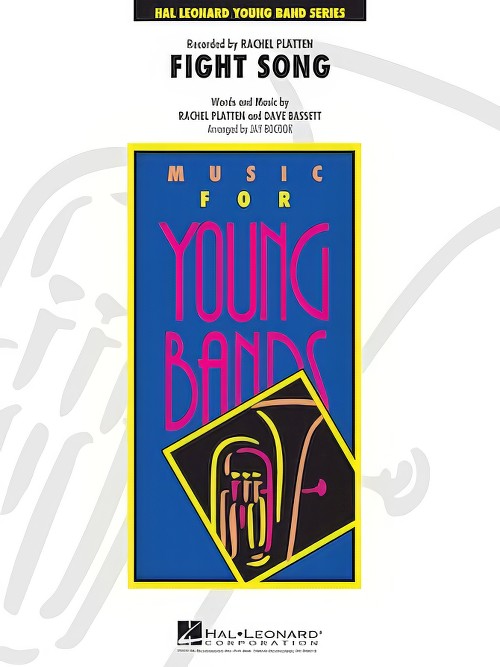 £53.50
£53.50Fight Song (Concert Band - Score and Parts) - Bassett & Platten - Bocook, Jay
Truly a global hit by American singer Rachel Platten, Fight Song has been just as popular overseas as it was in the U.S. The song's positive message of perseverance and determination, along with catchy melodies and a driving moderate beat, make this an exceptional choice for lighter programming.
Estimated dispatch 7-14 working days
-
 £109.99
£109.99Simply Red On Tour (Concert Band - Score and Parts) - Wossner, Wolfgang
Simply Red conquered the world with their new and unique sound, resulting in several hits that remain popular today. The popular arranger Wolfgang W?ssner has once again made a spectacular medley using the best known songs from this iconic band: Something Got Me Started, Money's Too Tight (To Mention), Holding Back the Years, Stars and Fairground! This medley will get you started! Duration: 7.15
Estimated dispatch 7-14 working days
-
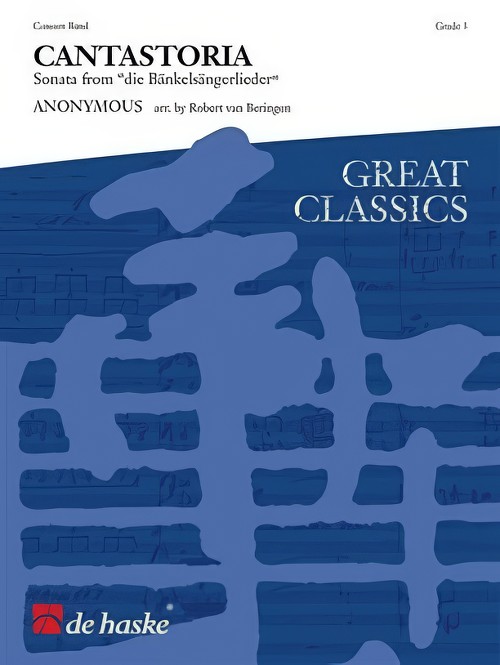 £84.99
£84.99Cantastoria (Sonata from die Bankelsangerlieder) (Concert Band - Score and Parts) - Beringen, Robert van
A cantastoria or B?nkels?nger - German for busker - was a travelling musician who made music in streets and squares, together with his colleagues. Die B?nkels?ngerlieder (buskers songs) originally stem from the seventeenth century. Robert van Beringen, who is known for his attractive arrangements of classical melodies, created a colourful transcription for wind band based on this characteristic music. Duration: 3.00
Estimated dispatch 7-14 working days
-
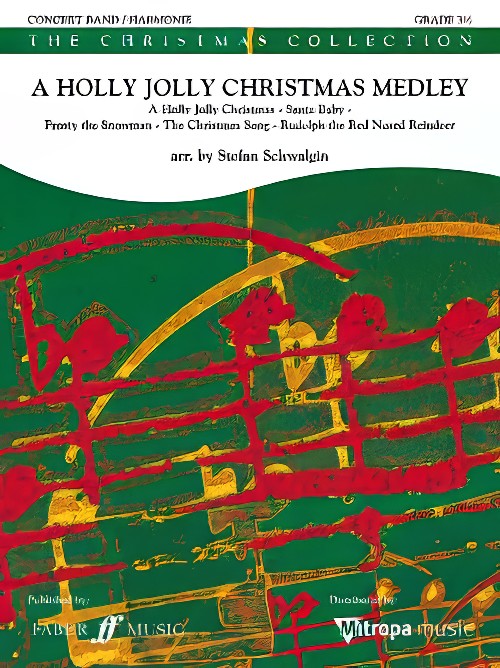 £109.99
£109.99A Holly Jolly Christmas Medley (Concert Band - Score and Parts) - Schwalgin, Stefan
Christmas, the most wonderful time of the year not in the least because of all the great carols being sung everywhere you go! Here is a medley with all the songs that can't be missed: Christmas Song, Santa Baby, A Holly Jolly Christmas, Frosty the Snowman and Rudolf the Red-Nosed Reindeer.Duration: 6:50
Estimated dispatch 7-14 working days
